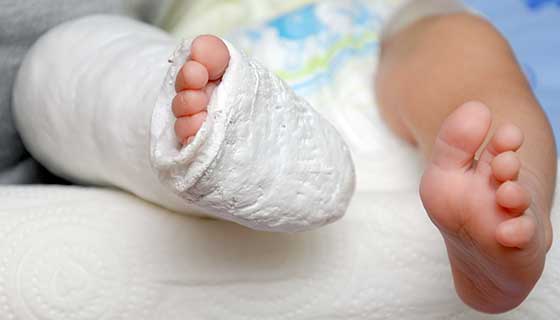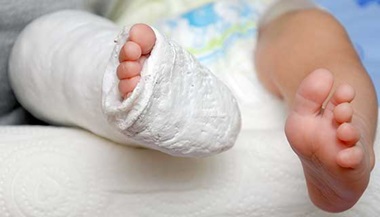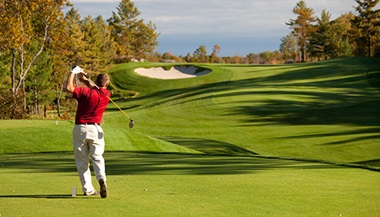Dislocations
What are dislocations in children?
A dislocation is a joint injury. It occurs when the ends of 2 connected bones come apart. It is not common in younger children. This is because their growth plates are weaker than the muscles or tendons. Growth plates are the areas at the end of long bones where the bones grow. Dislocations happen more often among teens.
What causes a dislocation in a child?
A dislocation happens when extreme force is put on a ligament. It can occur if your child falls or takes a hit to the body, such as while playing a contact sport.
Ligaments are flexible bands of fibrous tissue. They join various bones and cartilage. They also bind the bones in a joint together. The hip and shoulder joints, for example, are called ball and socket joints. Lots of force on the ligaments in these joints can cause the head of the bone (ball) to partly or fully come out of the socket. The most commonly dislocated joint is the shoulder.
What are the symptoms of a dislocation in a child?
Each child may feel symptoms a bit differently. But below are the most common symptoms a child will have in the dislocated area:
-
Pain
-
Swelling
-
Bruising or redness
-
Numbness or weakness
-
Deformity
-
Trouble using or moving the joint in a normal way
These symptoms may seem like other health problems. Make sure your child sees his or her healthcare provider for a diagnosis.
How is a dislocation diagnosed in a child?
Your child’s healthcare provider makes the diagnosis with an exam. During the exam, he or she will ask about your child’s health history and how the injury happened.
Your child may also need:
-
X-rays. This test makes images of internal tissues, bones, and organs.
-
MRI. This test uses a combination of large magnets, radiofrequencies, and a computer to make detailed images of organs and structures within the body. An MRI is usually done only if surgery may be needed.
How is a dislocation treated in a child?
Treatment will depend on your child’s symptoms, age, and general health. It will also depend on how severe the condition is.
All dislocations need medical care right away to prevent a bone from breaking. Untreated dislocations can lead to serious problems. Treatment may include:
-
RICE. This stands for rest, ice, compression, and elevation of the dislocated area.
-
Repositioning. Sometimes the bone ends may go back into place by themselves. If not, your child’s healthcare provider will need to manually move the bones back into their proper position so the joint can heal.
-
Splint or cast. This treatment keeps the dislocated area in place while it heals. It also protects the area from motion or use.
-
Medicine. Certain medicines can ease pain.
-
Traction. This treatment gently stretches the muscles and tendons around the bone ends to help with the dislocation. It uses pulleys, strings, weights, and a metal frame attached over or on the bed.
-
Surgery. Your child may need this treatment if the dislocation happens again and again. It may also be done if a muscle, tendon, or ligament is badly torn.
Your child’s healthcare provider may also recommend:
-
Limits on activity while the dislocation heals
-
Crutches or a wheelchair so your child can move around during healing
-
Physical therapy to stretch and strengthen the injured muscles, ligaments, and tendons
Key points about dislocations in children
-
A dislocation happens when extreme force is put on a ligament, causing the ends of 2 bones to come apart.
-
A dislocation can cause pain, swelling, and weakness. Your child may also have trouble moving the injured area.
-
An exam and X-rays are often needed to diagnose a dislocation.
-
The bones must be put back into their proper position so the joint can heal. Other treatments include casts, splints, pain relievers, and surgery.





